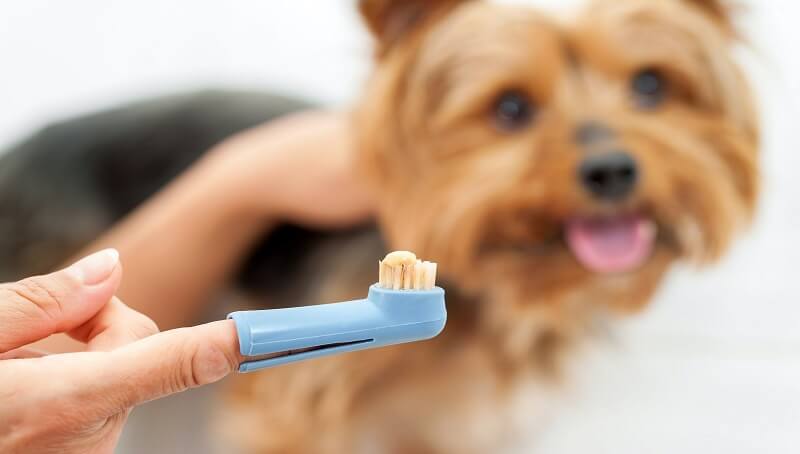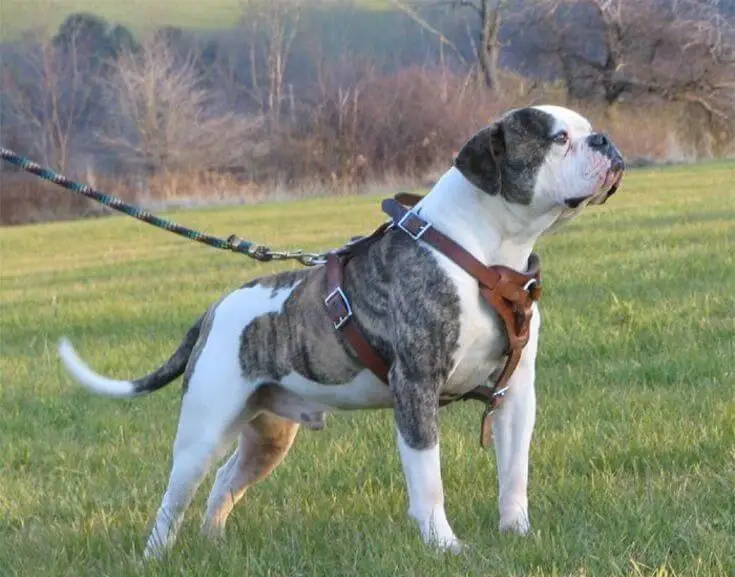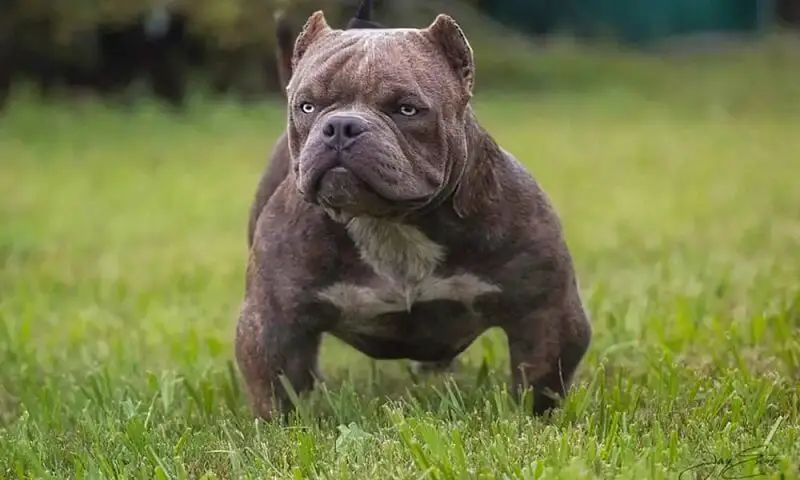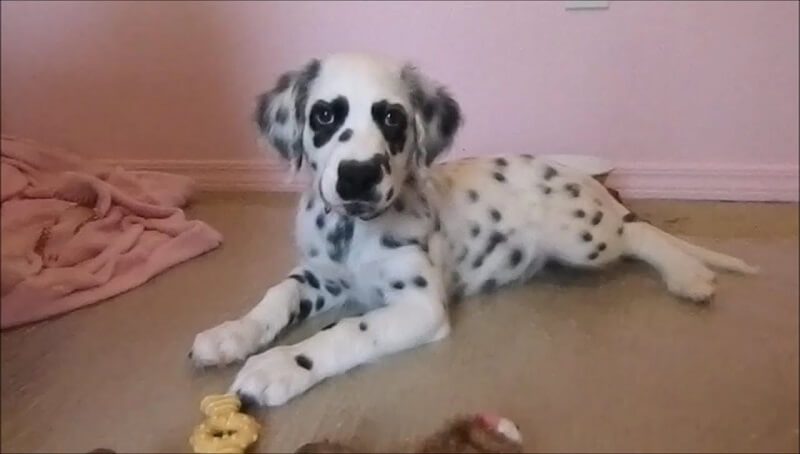Any responsible dog owner knows that the mouth of these animals often smells unpleasant. But few know that this can be a sign of diseases that can be detected early and most importantly, prevented. The specialist veterinarian can tell you what the causes are and what to do to keep the poor dog from suffering, and also how to get rid of the unwanted “flavors”.
Cavities are bad conditions of teeth caused by bacteria on their surface. If the teeth are not taken care of, the bad smell of your dog’s breath will also appear. In general, dogs don’t have cavities. The most common conditions are tartar and abscesses.
Causes
The causes that determine gum issues are multiple:
- The existence of a genetic predisposition.
- Age – older dogs are more prone to developing oral diseases than younger dogs
- General health: A healthy, properly kept dog will rarely suffer from gum or dental problems, unlike a sick or poorly kept dog.
- Food
- The quality and frequency of the dog’s oral cavity care.
Not all dogs genetically predisposed to oral diseases will develop such a condition in their lifetime. But certainly, all dogs whose owners neglect to maintain proper oral hygiene will, at some point suffer from gum or dental problems.
Tartar in dogs
Tartar is the deposition of a calcareous pellicle on the tooth enamel. It consists of food waste and bacteria. It has a light-gray to black color. If it is allowed to spread, it can affect several teeth and even reach the gum.
You might also like my articles on:
Over time, a bag of pus can appear and it may increase more and more. This causes more and more pain.
Superficial deposits can be removed with baking soda placed on a gauze, 4-5 times a year. If tartar is deposited in large quantities, scaling is necessary.
One study found that 80% of dogs over the age of 5 have a dental problem.
Dental abscess
It occurs most often in old dogs because of the spreading of tartar. Over time, there is inflammation that can degenerate into bags of pus. It’s an infection of the alveolar bone. The treatment is done with antibiotics.
It is often necessary to remove the tooth that hurts, a procedure done under anesthesia. As in humans, sometimes extraction involves cutting the tooth because of multiple curved roots.
How do we know if the dog has cavities?
It is good to look at the dog’s teeth once every few months. If it is a breed of dog with oral sensitivity, it is necessary to periodically brush its teeth.
An important factor in the occurrence of cavities is the dog’s diet. Low-quality diets, deficient in vitamins and nutrients, can develop tooth disorders.
Next, I will talk about some of the measures that can help you maintain, with minimal effort, the health of your dog’s oral cavity.
Brushing the dog’s teeth
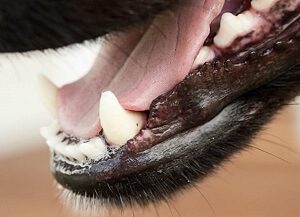 Not all dogs need brushing. This is determined by the condition of the teeth, sensitivities, food, and others.
Not all dogs need brushing. This is determined by the condition of the teeth, sensitivities, food, and others.
As with children, brushing is not a pleasant thing for dogs, especially if the dog has sensitive or inflamed gums.
Brushing must be done with a soft brush and special toothpaste for dogs. It can be purchased from pet shops and veterinary pharmacies.
Brushing can be done daily, after meals, or periodically. During brushing, special attention is paid to canines and molars, because they are most prone to tartar and bacterial plaque.
Treatment
Tartar is eliminated relatively easily by the veterinarian. But, after the intervention, regular brushing is recommended to refresh the smell from the dog’s mouth.
Abscesses are treated with antibiotics. The better the teeth are cared for during this period, the faster the gum will heal. After this treatment as well, periodic brushing is recommended.
Nutrition is the main reason why dental problems occur in dogs. Cooked or wet food, sachet or canned, is deposited the fastest. Grains and dry food help prevent tartar. It is good that at least once a week you feed your dog just grains.
Conclusions
Not caring for your dog’s teeth leads to salivation, bad breath, and pain. The first signs are bad breath and teeth yellowing.
It is good to deal with these issues over time. This will avoid tooth extractions, pain, and bills from your veterinarian.
